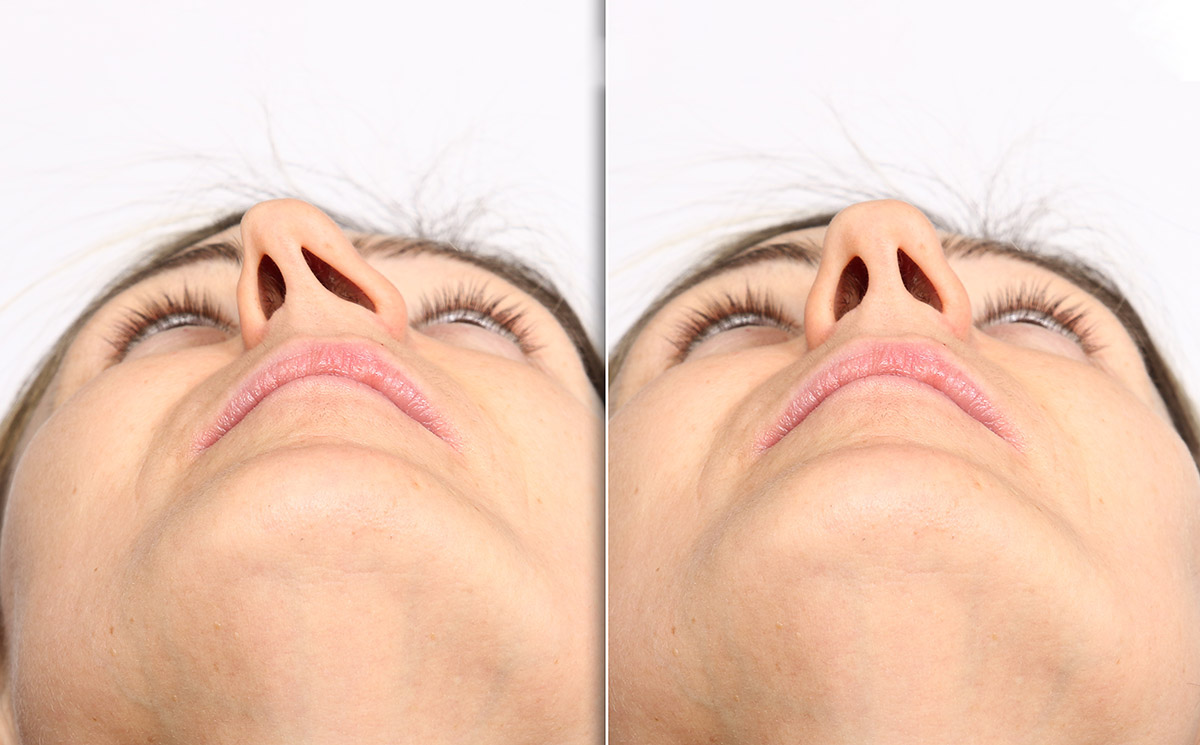Navigating the 2024 Part B Deductible: What You Need
Have you ever felt the ground shift beneath your feet? That’s what it might feel like for many come 2024 with the new 2024 part b deductible. Yes, a change is on the horizon. A $14 hike to be precise, pushing us up to a crisp $240 annual threshold.
This isn’t just about numbers. It’s personal. Every year, we brace for these adjustments, but this time it feels different. Why? Because amidst soaring healthcare costs and economic uncertainty, even a small uptick feels significant.
The leap from $226 in 2024 to $240 may seem modest at first glance. Yet, behind that increase lies stories of individuals calculating their budgets down to the last cent—people choosing between medication and meals.
We stand at a crossroads of sorts. On one side: rising healthcare demands; on the other: our collective resilience tested anew.
Understanding the 2024 Medicare Part B Deductible
What is the Part B Deductible?
So, you’ve heard about this thing called the Part B deductible, but what’s the deal with it? Let me break it down for you. The Part B deductible is like your entry ticket to Medicare coverage heaven. Before Medicare starts picking up its share of your medical bills, you need to pay this specific amount out-of-pocket each year. And guess what? For 2024, that magic number has been set at $240.
Ever pondered the ripple effects of your deductible on your financial landscape?
You might be wondering, “Okay, so how does shelling out $240 affect my wallet in the grand scheme of Things?” Well, let’s dive into that. After paying your annual deductible – which by the way increased from $226 in 2024 to $240 in 2024 because healthcare spending projections are always on a rollercoaster ride – you enter a world where Medicare covers most doctor services at 80%, leaving you responsible for just 20%. That’s right; after meeting that deductible hurdle, if Medicare approves a Service or item (think: doctor visits and outpatient therapy), they’ll cover their part and gently pass over just one-fifth of those costs onto your plate.
This yearly ritual means once every calendar year kicks off, there’s an opportunity for both new beginnings and ensuring we’ve budgeted wisely for our Health care needs. By understanding these nuts and bolts behind our healthcare system — particularly when navigating through concepts such as deductibles — we empower ourselves not only financially but also ensure peace of mind throughout whatever surprises life throws our way next.
If diving deep into numbers excites you as much as it does me – or even if it doesn’t but knowledge is power – make sure to keep tabs on changes within Medicare costs; staying informed can save us all some major headaches down the line.
Key Takeaway:
Understanding the 2024 Part B deductible is your key to unlocking Medicare coverage. Paying this $240 yearly fee opens up access to significant savings on medical services, where you’re only responsible for 20% of approved costs. Stay informed and budget wisely to navigate healthcare spending smoothly.

